How long does it REALLY take for tomato plants to mature?
highlandernorth
12 years ago
Related Stories

EDIBLE GARDENSSummer Crops: How to Grow Tomatoes
Plant tomato seedlings in spring for one of the best tastes of summer, fresh from your backyard
Full Story
GARDENING GUIDESHow to Keep Your Trees Healthy
Ensure your trees’ vigor for years to come with these tips for protecting roots, watering effectively and more
Full Story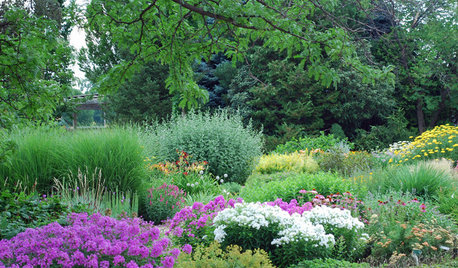
LANDSCAPE DESIGNTake Your Garden on a Rural Route With Plant-Dominant Designs
Let plants take center stage for a garden that recalls idyllic pastures fashioned by nature's hand
Full Story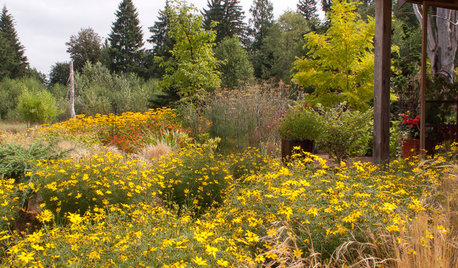
FLOWERSGreat Design Plant: Zagreb Tickseed Takes Care of Itself (Almost)
Get colorful drama along with deer resistance, drought tolerance and low maintenance — plus a butterfly or two
Full Story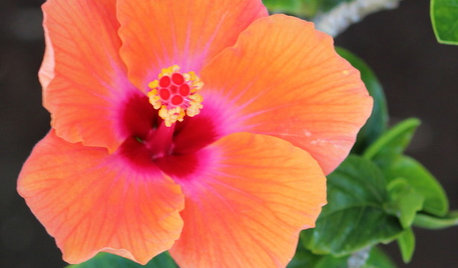
GARDENING GUIDES8 Take-Home Planting Ideas From Hawaii's Big Island
Bring the tropical spirit of Hawaii to a mainland garden — for a summer or even longer
Full Story
LIFEKitchen Traditions: Tomato Season Meets a Family Legacy
Somewhere a Sicilian great-great-grandmother is smiling at a bowl of American-made sauce
Full Story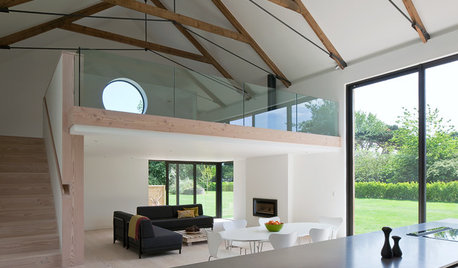
ARCHITECTUREHouzz Tour: Fresh Ideas in a Former Tomato Packing Shed
A formerly metal-clad structure is now a beautiful wood home designed to capture the light and preserve open space
Full Story
MOST POPULARWhen Does a House Become a Home?
Getting settled can take more than arranging all your stuff. Discover how to make a real connection with where you live
Full Story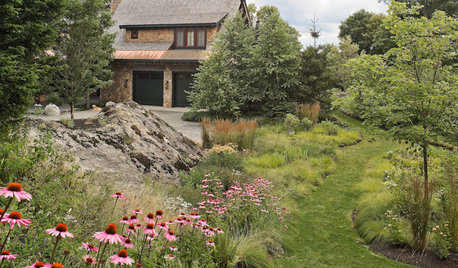
GARDENING GUIDES13 Risks to Take for True Garden Rewards
Go ahead, be a rebel. Breaking rules in the garden can lead to more happiness, creativity and connection with the earth
Full Story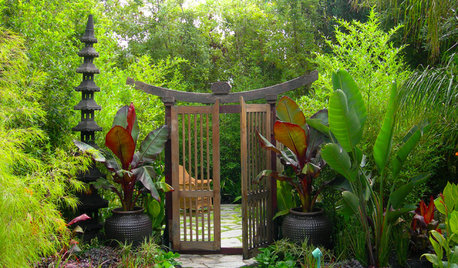
CONTAINER GARDENS10 Ways to Take Containers Beyond the Patio
Enliven your landscape with pots and containers
Full StorySponsored
More Discussions






digdirt2
springlift34
Related Professionals
Summit Landscape Architects & Landscape Designers · Forest City Landscape Architects & Landscape Designers · Bainbridge Island Landscape Contractors · Galveston Landscape Contractors · Gresham Landscape Contractors · Long Branch Landscape Contractors · New Providence Landscape Contractors · Streamwood Landscape Contractors · Silver Firs Landscape Contractors · Aurora General Contractors · Bon Air General Contractors · Olney General Contractors · San Marcos General Contractors · Vermillion General Contractors · Lewisville Decks, Patios & Outdoor Enclosuresspiced_ham
tracydr
springlift34
californian
digdirt2
bcfromfl
digdirt2
bcfromfl
digdirt2
bcfromfl
seysonn
digdirt2
bcfromfl
seysonn
digdirt2
katehauber
Cheryl_Jackson
2ajsmama
Cheryl_Jackson
Cheryl_Jackson
reginald_317